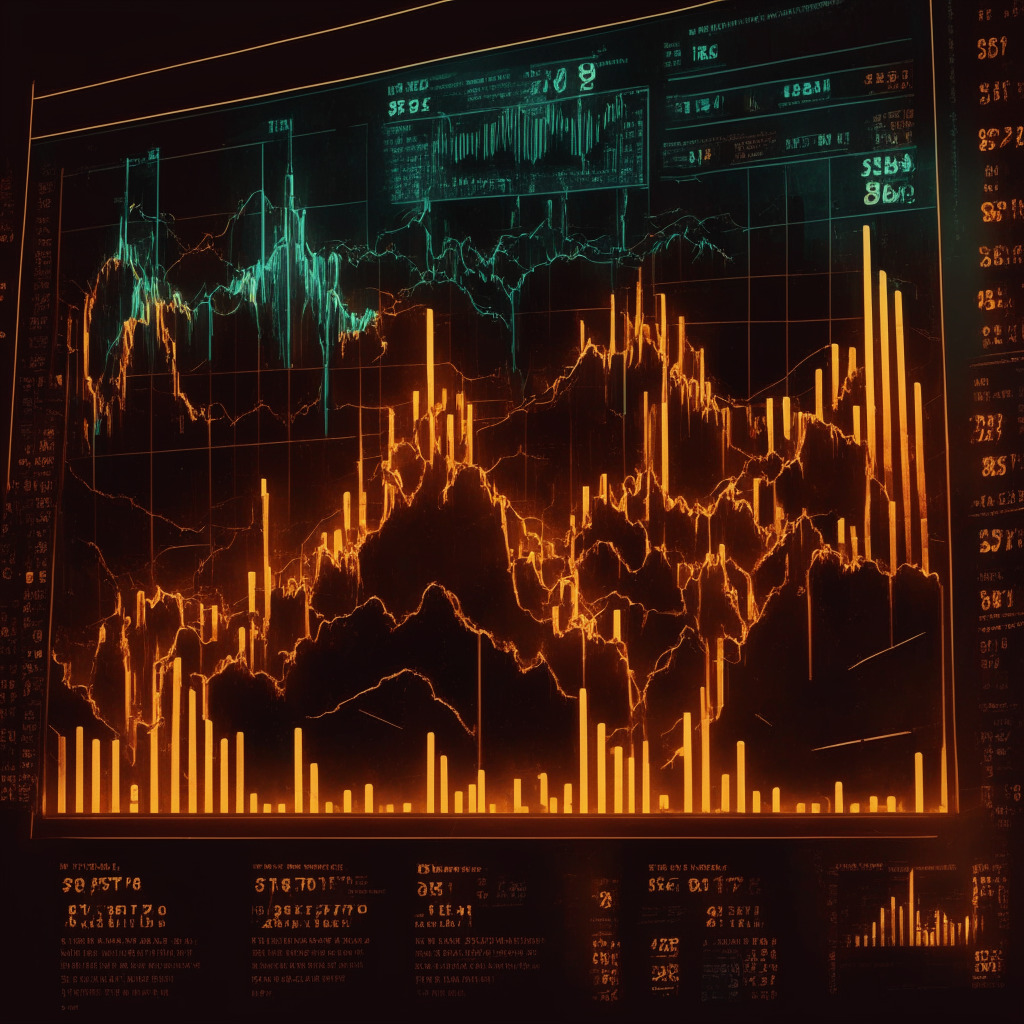The interplay between Bitcoin‘s (BTC) price and its 30-day implied volatility has taken a stirring turn. It is gathering attention as it resumes its negative correlation, hinting at a bias towards expected declines. Prevailing concerns are hinged on potential liquidations by FTX and repeated monetary restriction by the Federal Reserve.
Over the past four weeks, Bitcoin’s price slumped by approximately 10%, dipping below the $25,000 mark this Monday – a three-month low. Simultaneously, the 30-day implied volatility, a forward-looking measure, depicted by Deribit’s BTC DVOL index, has seen an uptick from 32 to 42.
This simultaneously occurring rise in volatility and dip in price is suggestive of a put options bias. In simple terms, investors are veering towards protective measures against price slides. Investors’ anticipation of price instability over a given period, influenced by demand for both call and put options, contributes to the implied volatility.
Jeff Anderson, a senior trader at STS Digital has noted the recent shift in market sentiment. Market participants spent the last few months gearing up for a possible ETF approval and were primarily concerned about unexpected hikes. This picture has since turned around with the news of potential FTX liquidation, casting a cloud over the stability of the spot price and increasing implied volatility.
Meanwhile, concerns extend beyond the crypto sphere as Griffin Ardern from crypto asset management firm Blofin cites. Fears of additional monetary tightening in global markets encompass these concerns. The forthcoming U.S. CPI data, likely to show an inflation rebound, may lead the Federal Reserve to implement additional measures to restrain reflation. As a result, liquidity stored in crypto assets might be withdrawn in favor of assets such as cash or U.S. stocks.
Thus, the shift in volatility trend seems to find reasons layered both within and outside the crypto world. RBC Economics also warns of an impending CPI report indicating an inflation rebound in the next few months, which is likely to prevent the Fed from inducing liquidity into the market in the near future.
Ironically, throughout the year there’s been a consistent positive correlation between market value and volatility, save for this recent negative flip and one earlier in May. The positive correlation usually means price rallies result in gains for BTC call option holders via directional and volatility gains. But with the reversed scenario, put holders appear to have the upper hand, potentially making substantial gains during any forthcoming price drops. The global community of crypto enthusiasts is now on the lookout for what this reversal might signal in the broader crypto market.
Source: Coindesk




